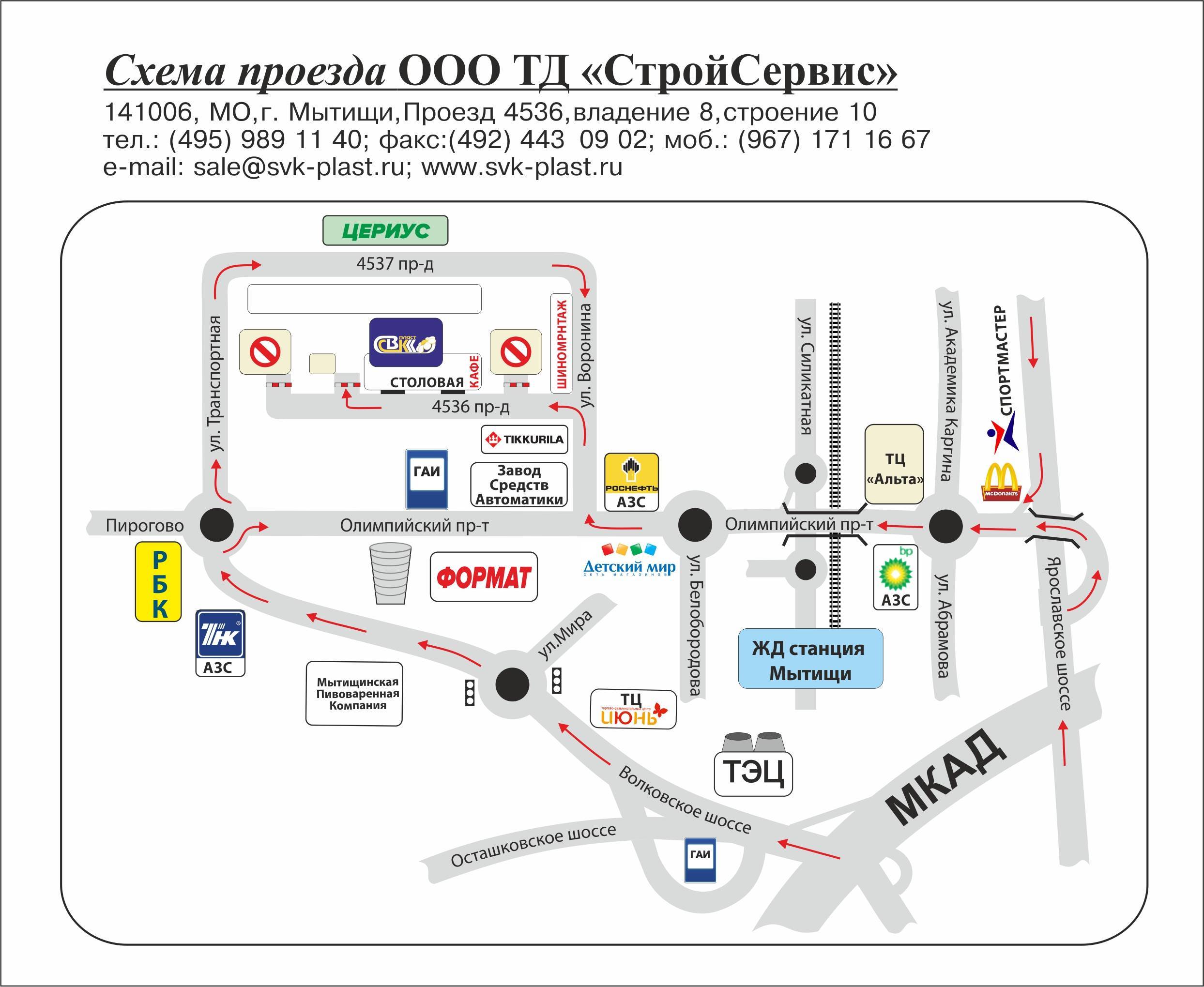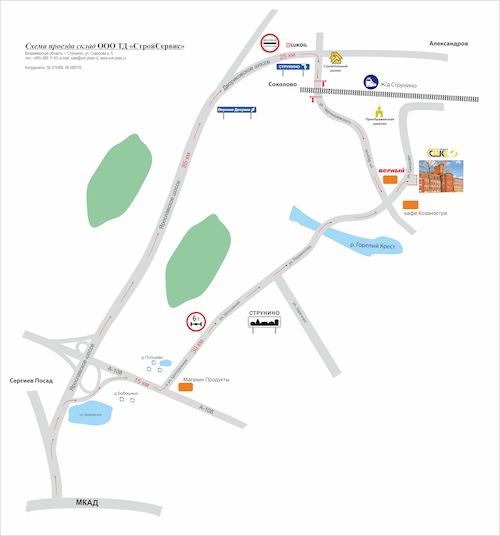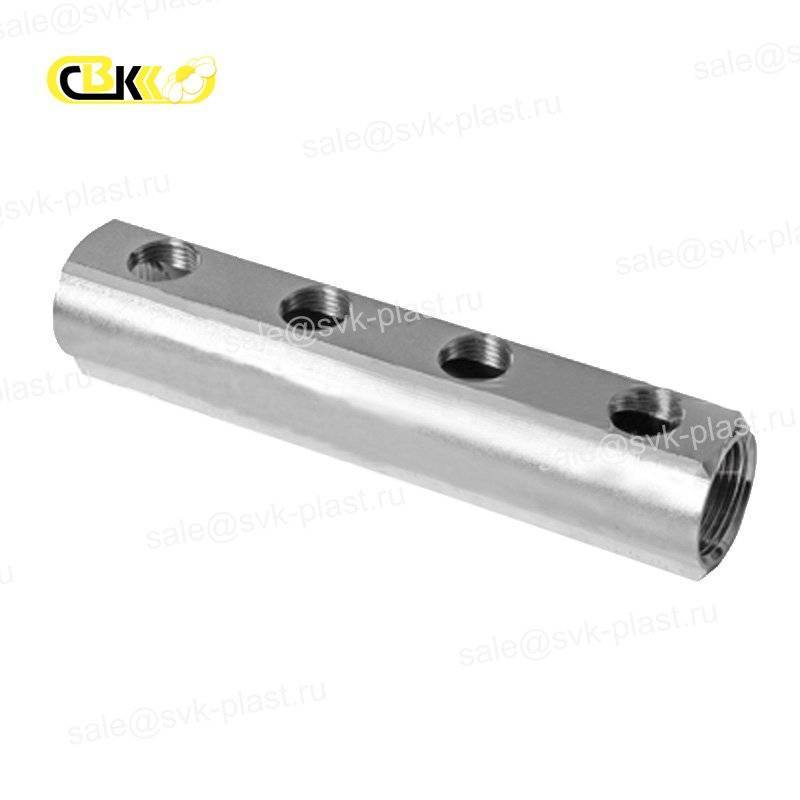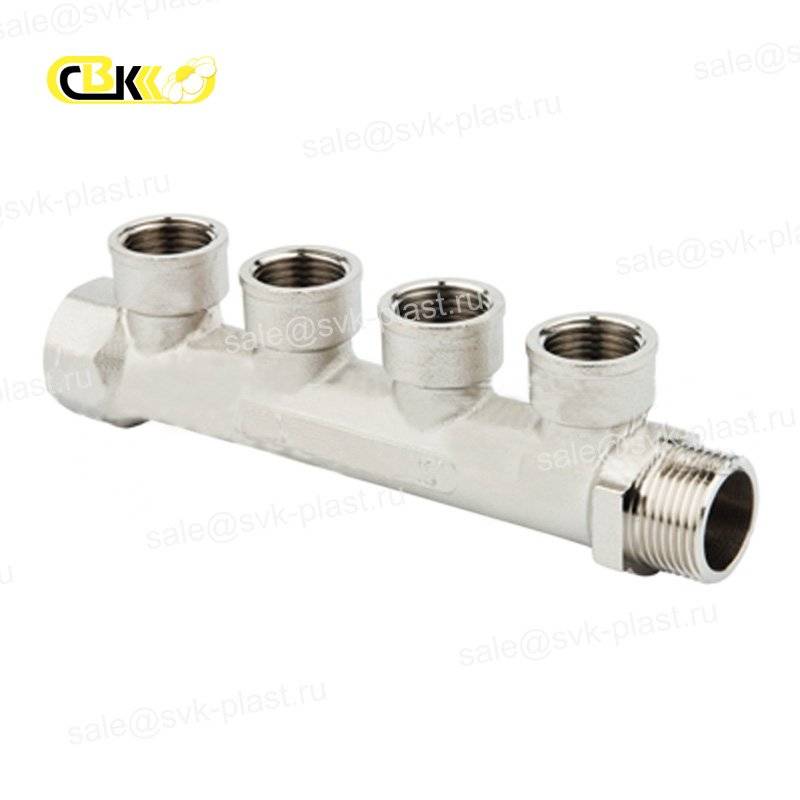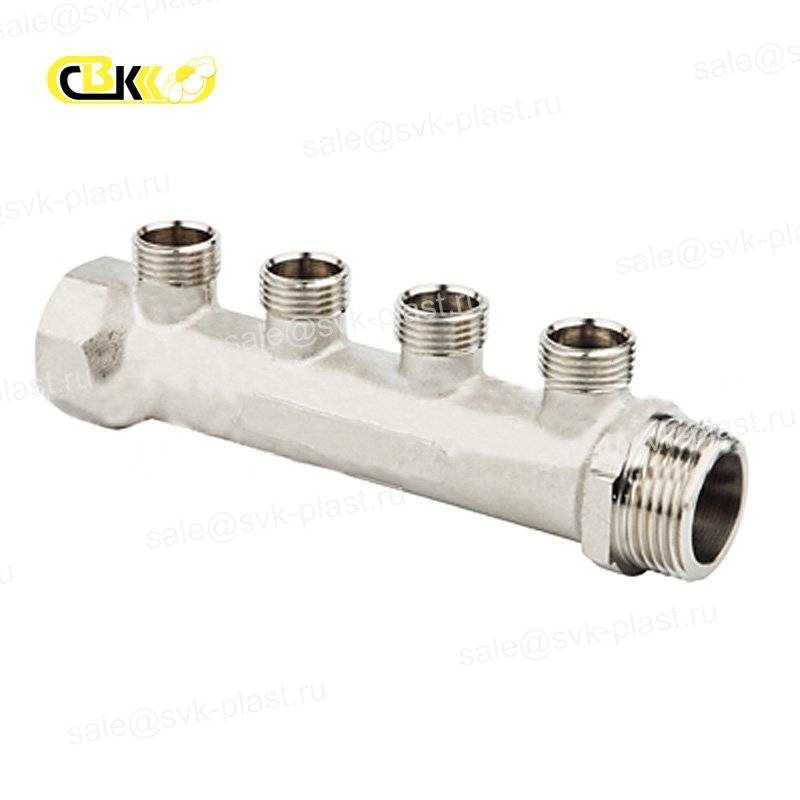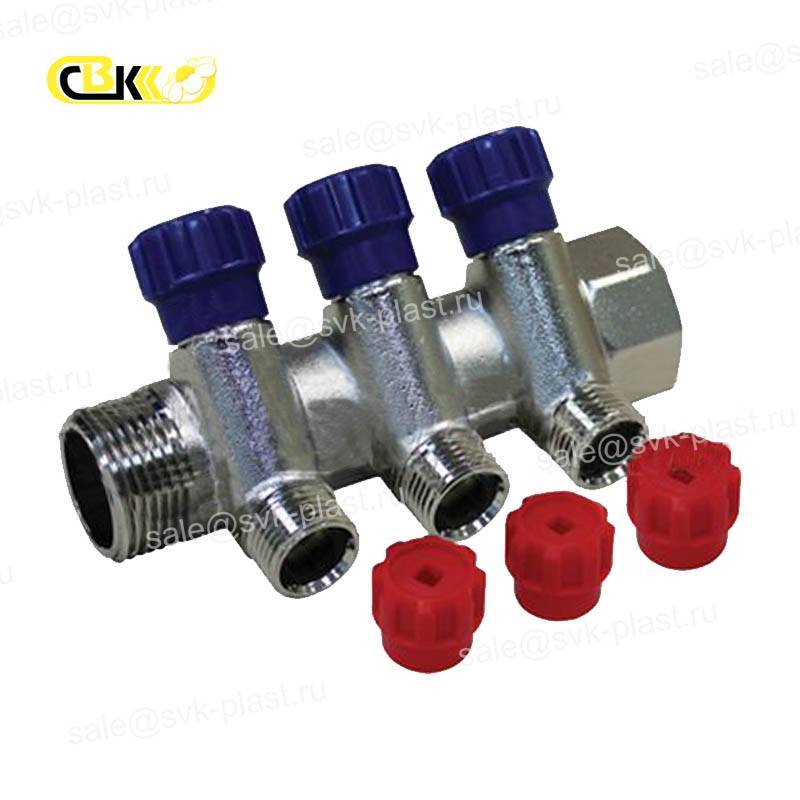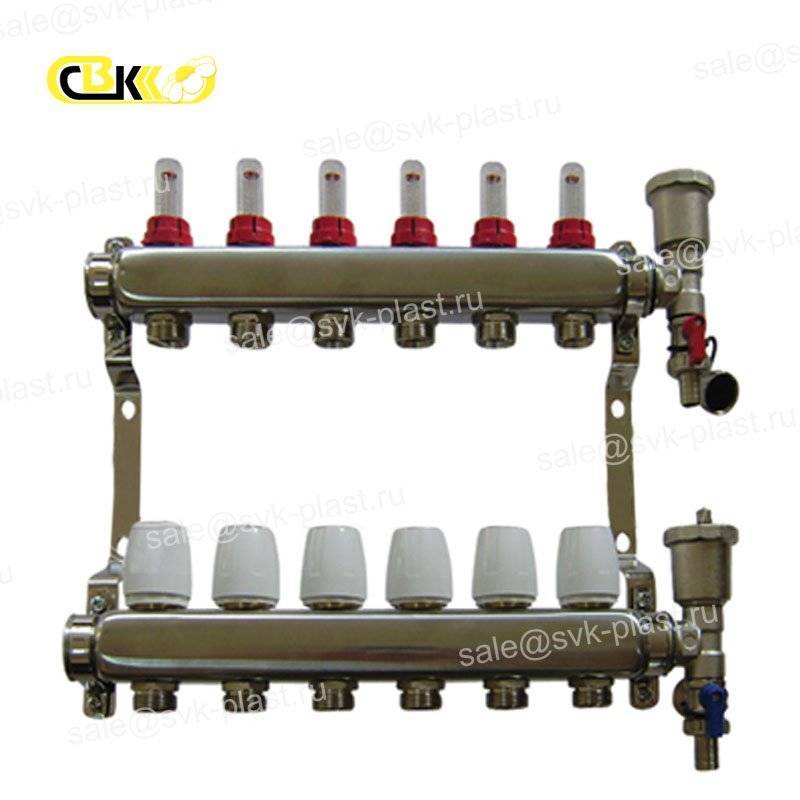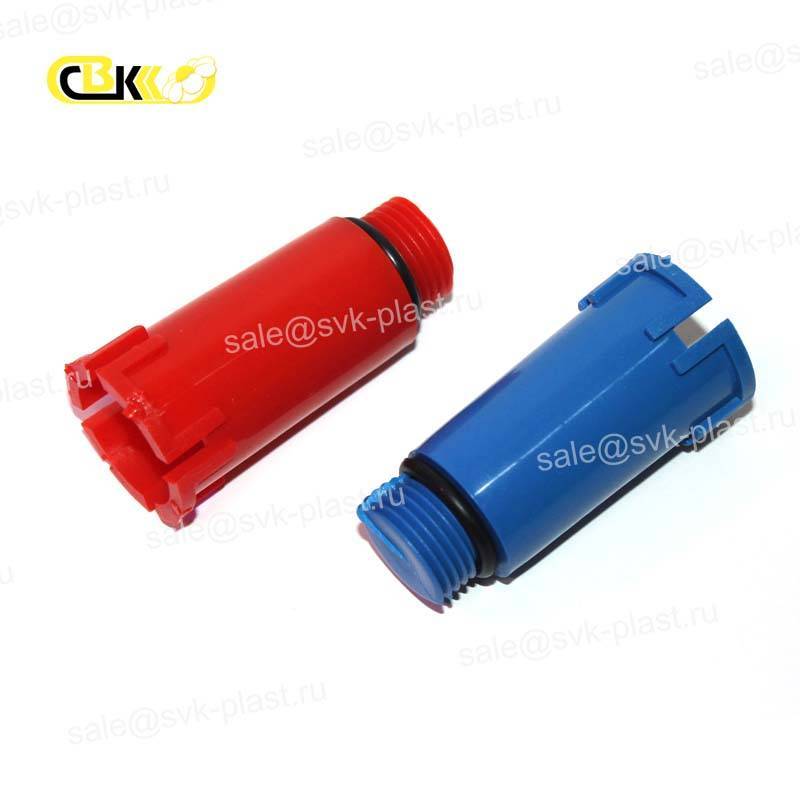Altstream Collectors
Collector
| Vendor code | Name |
|---|---|
| 005010204 | ALT-K Collector 3/4"x1/2" x4 output |
| 005010105 | ALT-K Collector 1"x1/2" X5 output |
| 005010104 | ALT-K Collector 1"x1/2" x4 output |
| 005010202 | ALT-K Collector 3/4"x1/2" x2 output |
| 005010208 | ALT-K Collector 3/4"x1/2" x8 output |
| 005010108 | ALT-K Collector 1"x1/2" x8 output |
| 005010107 | ALT-K Collector 1"x1/2" X7 output |
| 005010205 | ALT-K Collector 3/4"x1/2" X5 output |
| 005010207 | ALT-K Collector 3/4"x1/2" X7 output |
| 005010206 | ALT-K Collector 3/4"x1/2" X6 output |
| 005010103 | ALT-K Collector 1"x1/2" X3 output |
| 005010102 | ALT-K Collector 1"x1/2" x2 output |
| 005010203 | ALT-K Collector 3/4"x1/2" X3 output |
| 005010106 | ALT-K Collector 1"x1/2" X6 output |
The collector outputs of BP
| Vendor code | Name |
|---|---|
| 005010213 | ALT-K Manifold with 3/4 "x1/2" X3 BP outlets |
| 005010214 | ALT-K Manifold with 3/4 "x1/2" x4 BP outlets |
| 005010114 | ALT-K Collector with 1 "x1/2" x4 BP outlets |
| 005010113 | ALT-K Collector with pipes 1 "x1/2" X3 BP output |
| 005010112 | ALT-K Collector with 1 "x1/2" x2 BP outlets |
The collector outputs of NR
| Vendor code | Name |
|---|---|
| 005010123 | ALT-K Collector with 1 "x1/2" X3 outlets HP |
| 005010124 | ALT-K Collector with pipes 1 "x1/2" x4 output HP |
| 005010303 | ALT-K Collector with 1"X3 / 4" X3 outlets HP |
| 005010223 | ALT-K Manifold with 3/4 "x1/2" X3 outlets HP |
| 005010222 | ALT-K Manifold with 3/4 "x1/2" x2 outlets HP |
| 005010224 | ALT-K Manifold with 3/4 "x1/2" x4 HP outlets |
| 005010304 | ALT-K Manifold with 1 "X3/4" x4 HP outlets |
| 005010122 | ALT-K Collector with 1 "x1/2" x2 outlets HP |
| 005010302 | ALT-K Manifold with 1"X3/4"x2 connections HP output |
Collector with HP valves
| Vendor code | Name |
|---|---|
| 005020104 | ALT-K Collector with 1"x1/2" valves for 4 HP outputs |
| 005020103 | ALT-K Collector with 1"x1/2" valves for 3 HP outputs |
| 005020102 | ALT-K Collector with 1"x1/2" valves for 2 HP outputs |
| 005020203 | ALT-K Collector with 3/4"x1/2" valves for 3 HP outputs |
| 005020204 | ALT-K Collector with 3/4"x1/2" valves for 4 HP outputs |
| 005020202 | ALT-K Collector with 3/4"x1/2" valves for 2 HP outputs |
Collector group with flow meters, drain tap and air vent
COLLECTOR for Underfloor HEATING: cost and basics of INSTALLATION
Today, more and more owners of urban apartments and country houses choose the "warm floor" system for heating their homes» Just 15 years ago, these heating structures were a novelty, but now they are found everywhere Residents of multi-storey buildings often prefer to use Underfloor heating as the main or even the only heating system This type of heating involves placing heating components in the floor, and a collector is used to distribute and regulate the coolant
This device is responsible for monitoring the temperature of the liquid coolant and its volume, and plays a key role in the heating system From other types of heating systems, Underfloor heating has a number of advantages:
- Uniform distribution of warm air in the room
- The opportunity to save money, as Underfloor heating is half the price of other heating systems
- Complete elimination of dampness and mold
- Easy cleaning thanks to the absence of accumulating dust batteries
- The inability to accidentally get burned due to the lack of contact with hot surfaces
HOW THE COLLECTOR WORKS
In this type of system, the room is heated when the liquid heat carrier passing through the pipes transfers heat to the surrounding surfaces and air Underfloor heating can be installed as a single or additional heating system It is worth noting that the collector, which is a mandatory element of the system, is extremely ergonomic and easy to use, so even a layman can understand its work The collector-distributor functions according to the following scheme:
- The liquid, heated to 60-80°C, comes from the heat supply system and goes through the thermostatic valve to the distributor
- The same volume of liquid comes from the collector as from the valve, the only difference is the reduced return temperature
- The thermostatic valve is equipped with a special head, which is necessary for regulating the temperature level in the range of 20-70°C
- A slightly cooled liquid is fed to the feed distributor located below, while a small part of the liquid seeps into the collector, and then is sent back to the main circuit
- Two mixed jets are sent to the mixing pump, and then they are redistributed across the segments of the heating system
- Since in practice it is simply impossible to make all circuits of equal length and with equal heating load, it is necessary to adjust the thermostatic valve, otherwise it will turn out that the coolant from the longer pipe will have a different (lower) temperature in comparison with the shorter pipe Solves the problem of balancing the valve, in which you need to adjust the desired temperature level of the coolant and adjust the valve head
- Flow meters allow you to adjust the contours of the heating system They set the level of the coolant flow passing through the contour, and also allow you to configure the operation of the system as a whole
POPULAR models of COLLECTORS, their TECHNICAL PARAMETERS AND COST
Today, the market offers a huge selection of collectors that differ from each other in functionality and price The stores also sell a variety of accessories for them, including fittings, air vents, thermometers, a balancing valve for temperature stabilization, a circulation pump, etc. When selecting equipment, we recommend measuring the size of the room in which you plan to make a warm floor, and correlate expenses with the budget
Let's look at the key brands that are most popular with customers
- LUXOR is an Italian brand that produces brass devices with a 211-output node, designed for a temperature range from 0 to 80°C and a pressure of up to 6 ATM
- Caleffi is an Italian manufacturer that supplies steel equipment capable of operating at 110°CC and pressure up to 10 ATM
- GIACOMINI is another Italian brand that produces brass instruments equipped with 211-outlet shut-off valves and designed to operate at temperatures up to 95°C and pressures up to 6 ATM
- Valtec is an Italian company that produces brass collector groups with 312 outputs designed for operation at temperatures up to 120°C and pressures up to 10 ATM
Special attention should be paid to the collectors of the Russian manufacturer Altstream This product is versatile and can be used not only for installation of Underfloor heating, but also for the supply and distribution of water from the main pipeline to the plumbing Altstream brass manifolds meet the quality standards of the European Union and have Russian certificates They are extremely reliable and durable, and can last for more than 30 years
COLLECTOR device
The collector has a fairly simple device that is understandable to any layman It consists of two key components-the feed and return manifolds The first component is necessary for distributing the heated coolant along the heating system lines, and the second component is necessary for collecting the cooled water and its subsequent transportation In addition, the design of the collector includes controls that regulate the temperature, pressure and speed of liquid flow through the heating system
The list of control elements includes:
- temperature sensor-mounted on the inlet and outlet pipes, allows you to find out the degree of heating of the coolant;
- temperature controller - allows you to select the temperature mode It sends information about the level of heating of the liquid in the pipes to the collector Based on this information, two water flows (cold and heated) are regulated in the heating system;
- servos-built-in functionality makes them look like a thermostat, but they have an additional function-setting the fluid pressure in the system;
- flow meters - allow you to manually control the system, for example, adjust the volume of the coolant or find out the level of heat loss
The collector can be equipped with other elements, including a circulation pump for pumping liquid into the system and an air vent for draining air from it
MANIFOLD VALVES
The main function of the valve is to mix the heated water coming from the boiler with the cooled water from the heating circuit You can set the operation of the valves manually or automatically Please note that automated control requires a servo drive and control devices
In the collectors sold today, 2 subspecies of valves are used:
1 Two-way – designed for houses with a maximum area of 200 m2 This type of valve is characterized by a small capacity, but at the same time a simplified setup process Such a device can only pass water in one direction Its function:
- temperature control by mixing the heated liquid to the return;
- adjusting the volume of heat carrier coming from the boiler
2 Three-way – designed for mixing and separating the heat carrier in homes with an area of 200 m2 or more The device is integrated with special weather-dependent sensors, whose purpose is to analyze the weather outside and select the optimal temperature of the Underfloor heating This valve is indispensable in a situation where there is no additional heating system in the house, but it has a couple of disadvantages:
- due to the high throughput, even small changes in the setting can dramatically increase the room temperature;
- there may be a spontaneous supply of coolant from the boiler, which will damage the floor, concrete screed and heating circuit
Do not forget that the valves may become clogged if they are used for a long time To avoid this, install a special coupling - " American»
Purpose of the COLLECTOR node
As you know, a radiator heating system requires a constant temperature of the coolant in the range from 70 to 90°C, but only 25-40°C is sufficient for effective operation of the Underfloor heating system The main function of the mixing unit is to reduce the temperature of the coolant, which occurs as a result of its mixing with the cooled water that has arrived from the circuits – the so-called " return» This process is aimed at equalizing and stabilizing the room temperature
Collector units have valves and other elements that allow you to control the temperature in the house
Stages of COLLECTOR installation
Let's look at the guide for installing the collector yourself Of course, today you can find a lot of instructions on the Internet, but the installation scheme we offer is very clear and simple
The collector Cabinet is a compact metal box with a size of 600400120 mm, equipped with a door Before you start installing, you need to decide where to place it The best option is to fix the Cabinet in a niche hollowed out in a thick wall, but with thin walls, you will have to install the box outside It is best to place the Cabinet in the middle of the room, as close to the floor as possible, because the Cabinet masks the system itself, and it is in it that the pipes will be joined
Also of great importance is the alignment and smoothness of the walls – this will avoid failures in the functioning of the system
Shut-off valves are installed on all pipes coming from the collector or connected to it They are necessary to limit the flow of water or completely disable the heating system in the room, which is always required when performing repairs This will not affect the comfort of your stay in the house, as the rest of the premises will still be heated Fittings are used to connect the system elements You can fix the spikes using nuts, clips, and bushings If there is a difference in the diameter of the connected components, you can use adapters
To achieve the efficiency of the heating system and extend its service life, the following information should be taken into account during the installation of the collector:
- the collector is a pipe soldered on both sides, on the sides of which there are several outlets intended for connecting pipes of the heating system;
- before setting up the comb, remove the safety cap from the valve Next, you need to tighten the valve until it stops using a hex key, select the number of revolutions for the heating circuit and turn the valve on it the specified number of times The configuration of the remaining polygons follows the same pattern;
- a drain tap is placed on the collector (to remove the coolant in case of system failure, during repair) and an air vent (to remove air from the system);
- installation of thermostatic valves and flow meters will avoid hydrodynamic imbalance
professional advice
Before purchasing a collector, calculate the required length of pipes and draw a diagram of their placement Qualified masters advise you to abandon the installation of a collector for 12 flow meters, and instead put two for 6 This will make it possible to bring the pressure and temperature at different points of the room to the same level
After the installation of the collector Cabinet and branches is complete, you must perform a test start-up of the system This way you will be able to detect flaws and installation defects in time, and also check the joints for tightness
Keep in mind that among the assortment on the market, only brass manifolds are characterized by maximum reliability and durability
To save time and simplify installation, you should buy a ready-made collector, not a set of components
Any collector system has both advantages and disadvantages Let's look at them in more detail
Positive
- Easy operation and management, including the ability to remotely configure the parameters of the heating system
- Attractive design
- It will take at least 3 hours to warm up the room
- Long design life (up to 50 years)
Minuses
- High price, as the main material of manufacture, as a rule, is steel
- Any branch connected to the control node is designed to power a single radiator For this reason, customers have to select small-section pipes


